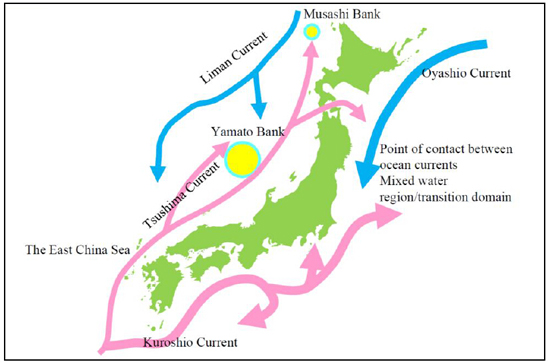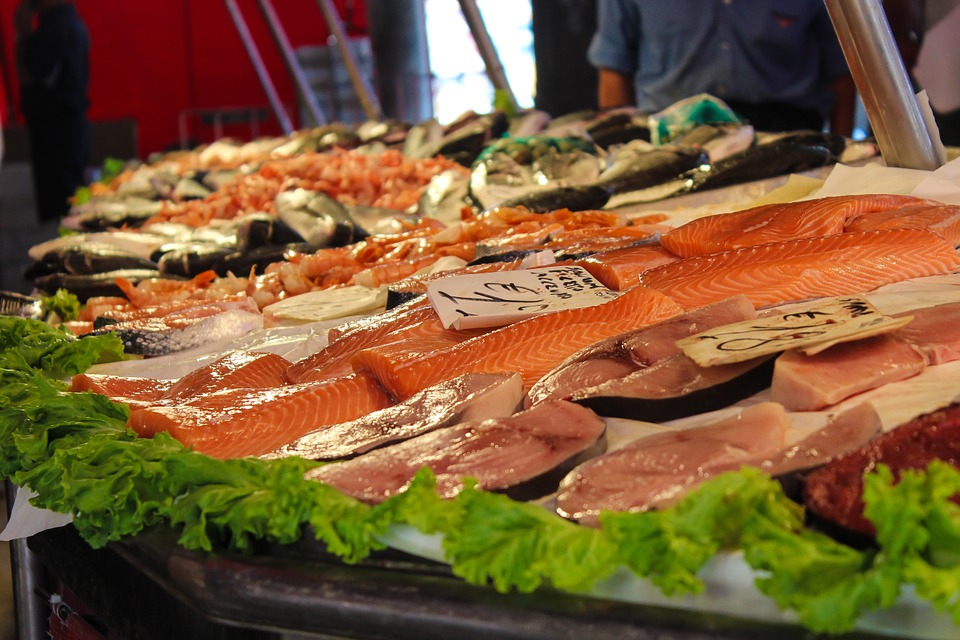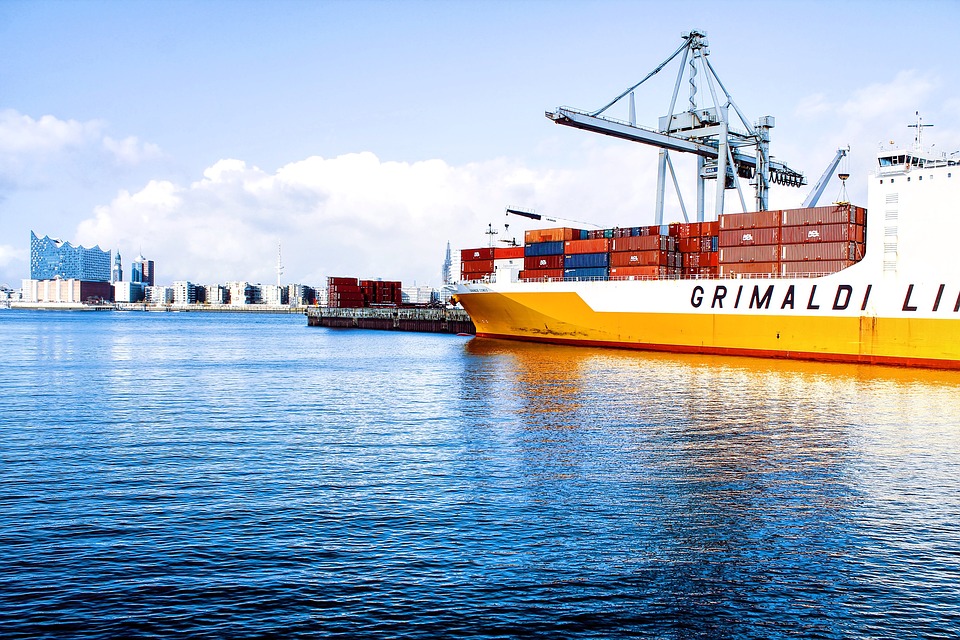Introduction
Throught history Japan connection with aquatic ecosystems has been deeply established by its relationship with the ocean. First of all, Japan is an island surrounded by the Sea of Japan, the Northern Pacific Ocean, the Sea of Okhotsk, the East China Sea, and the Philippine Sea. Due to its geographical location, Japan has been interacting with all these bodies of waters for a long time, and its culture has also been shaped by them. For example, in the contemporary Japanese society fish products provide 40% of the animal protein supply. This fact is not surprising taking into account that there are two oceanic currents that promote an enormous diversity of marine resources around this island: “The

cold nutrient-rich current Oyashio flowing south collides with the warm current Kuroshio flowing north off the eastern coast of Japan, which creates a high productivity ecosystem” (figure 1). In addition, 23% of the global fish production takes place in the Northern Pacific Ocean, which is included in the exclusive economic zone (EEZ) of Japan.
Top Consumed Species
This type of tuna is largely consumed by Japan and it constitutes a mayor industry with a consumption of 40,700 tonnes in the year 2011, where 62% came from Japanese territory and the rest from several countries including Mexico.
In terms of this species, Japan is the top consumer of it and responsible for 70% of the worldwide production. Also, aquaculture represents a big role by taking care of almost the total domestic production of it, which represents a little bit less than half of its consumption and the rest is imported from countries like China.

Imports and Exports

When it comes to the exportation of fishery products, 90% of the total japanese production is used for domestic consumtion and so they have a limited amount of exports. This phenomena was affected also by the 2008 crisis which affected its exports, plus the 2011 fukushima incident contributed to higher imports and less exports of fishery products. This earthquake provoked the destruction of a considerable fishing facilities and elements, costing around 1,263 trillion yen in damages. On the other hand, Japan is dependent on imports due to the high demand of its consumers, turning to be the third biggest importer in the world where 18% of the total amount comes from China.
Regulations and Aministrative Strategies
There are several strategies whether domestic or international, therefore to help maintaing aquatic ecosystems in the sustainable way as posible. For this purpose in 2001, the Basic Law on Fisheries Policy was stablished so Japan can keep an environvental and sustainable perspective on this issue. Also, there are more than 19k employees working in both institutions; The Ministry of Agriculture, Forestry and Fisheries of Japan (MAFF), and The Fisheries Agency.
Management Measures
This system is used to boost the input control by limiting the total fishing capacity. To do this, the strategy is to regulate the number of fishing vessels entering the EEZ and limit the fishing days.
The total allowable catch, is designed to help regulating the catches of the top 30 species, the species that are in the range of overexploitation, and the species caught by vessels that don’t correspond to Japan.
IUU is another global problem, as it damages the marine ecosystem and affects the species stock, plus it represents 19% of the total global catches valued in 10 billion Euros per year.
Therefore to counter the effects caused by IUU, Japan has creating a monitoring system that consists in 39 patrol boats and several aircrafts, to surveil the perimeter. Also, a Vessel Monitoring System (VMS) was implemented to control and monitor the vessels which operate in offshore and distant waters.
